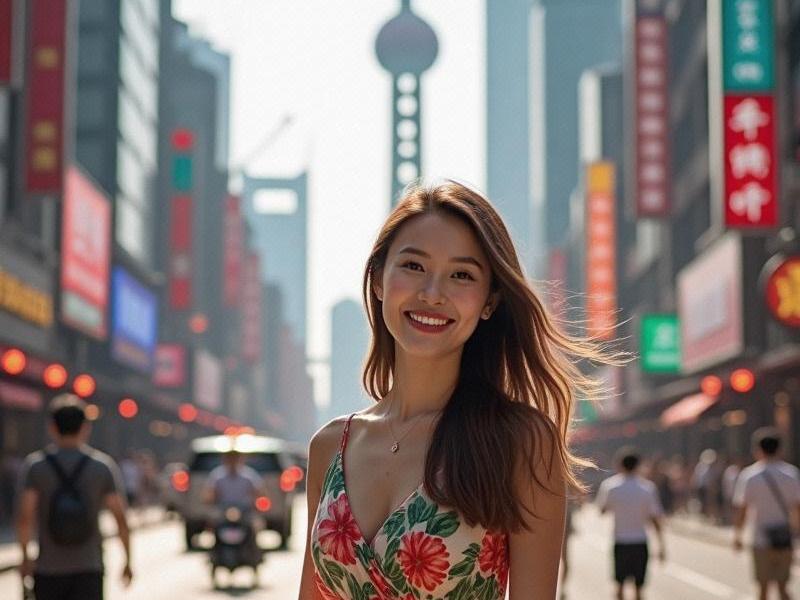
Section 1: Historical Foundations
1. The Shanghai Girl Archetype (1920s-1940s)
- Qipao revolution
- Calendar girl phenomenon
- Early female entrepreneurs
2. Socialist Era Transformations (1950s-1970s)
- Gender equality in workforce
- Androgynous fashion periods
- Industrial heroines
Section 2: Contemporary Expressions
Beauty Economy:
- ¥380 billion cosmetics market (2025)
- Hybrid skincare routines (East-West fusion)
新夜上海论坛 - "Smart beauty" tech adoption
Fashion Identity:
- Local designer renaissance
- Sustainable luxury movement
- Street style photography culture
Section 3: Professional Landscape
Career Trends:
- 68% of managerial roles held by women
- Fintech female participation (42% above global average)
- Entrepreneurial networks
Education:
- 58% postgraduate degrees awarded to women
爱上海同城对对碰交友论坛 - STEM field breakthroughs
- Executive education trends
Section 4: Cultural Contradictions
Persisting Challenges:
- Marriage age pressure
- Beauty tax in workplace
- Work-life balance debates
Progressive Shifts:
- Singlehood acceptance
- Body positivity movements
- Feminist discourse evolution
Section 5: Global Influences
上海龙凤阿拉后花园 Cross-Cultural Exchange:
- Diaspora returnees
- International brand collaborations
- Social media globalization
Section 6: Future Projections
Emerging Trends:
- AI-powered personal styling
- Professional coaching industry
- Intergenerational knowledge transfer
Conclusion: The Shanghai Paradox
Cultural anthropologist Dr. Li Wen notes: "Shanghai women have mastered the art of strategic femininity - leveraging aesthetic sophistication as social capital while dismantling glass ceilings with remarkable pragmatism. Their evolving identity offers a fascinating case study in modern urban womanhood."
